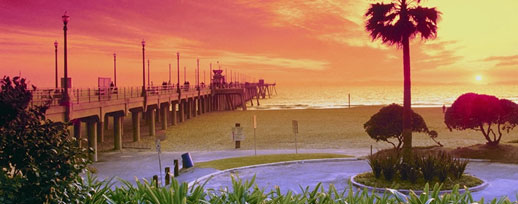
Huayan Temple is a Buddhist temple
Huayan Temple lies at the foot of Dalaoshan (Big and Old Mountain) in the west of Chongqing. The temple was built around a cave in the mountain cliff. Water from the mountain stream splashes all year round just like scattering flowers--the image is rooted in the ancient Chinese word for flower, which is hua--and thus the temple is named Huayan Temple. The temple area is composed of three parts: the Huayan Cave, the Reception Hall, and the imposing Sakyamuni Hall. This is a solemn area, appropriately; even the Buddhist figures are stately and respectful.
There are two parts of the huayan monastery, the so-called superior to the Great Hall of the case are five large Buddha of the Ming Dynasty, and the lower part of the temple called the Sutra Library about 18,000 volumes of Buddhist scriptures. Built in Liao Dynasty (907 – 1125), is a monastery Huayan Monastery for the biggest and best in the Liao Dynasty in existence in China. This monastery was built by the sect and Hua-yan Sutra school is unique because it is facing east instead of south.

Huayan Temple is a Buddhist temple, lying at the foot of Dalaoshan (Big & Old Mountain) in the west of Chongqing. There is a cave in the mountain cliff, and around the cave a temple was built. Water from the mountain stream splashes all year round just like scattering flowers (in ancient Chinese, the word "flower" is the same as "hua") and thus the temple got its name" Huayan Temple" The grandeur and fame of the temple are composed of three parts: the Huayan Cave, the Reception Hall and The Imposing Sakyamuni Hall. The halls and the houses are solemn and the Buddist figures are stately and respectful. It is one of the most renowned temples in Sichuan.
The origins of the temple are lost in mystery. Extant historical records indicate the beginnings of religious activities in 1599 during the Ming Dynasty. These activities increased during the Qing Dynasty when many considerably prestigious monks from around the country gathered here to practice Buddhist rituals and gradually formed a religious community. Master Shengke became the first abbot of this community at Huayan Temple.
The temple complex is divided into two parts, namely the Upper Huayan and Lower Huayan, both of which respectively have its own mountain gate and temple layout. The Upper Huayan, featured with a range of gorgeously decorated buildings, among which, Daxiong Baodian is the main hall. With an area of 1,600 square meters (14,400 square feet), the hall stands imperially throughout ages and boasts to be one of the largest of its kind in China.
All sorts of color-clay statues of Five Buddha and twenty Buddha's warrior attendants are housed in the hall. The ceiling of the hall, intricately decorated with a variety of color-murals of dragons and phoenix, floras, Sanskrit Buddhist symbols and other geometric patterns, creates a rich visual feast for the eye. Twenty-one huge color paintings from the Qing Dynasty (1368 - 1644) on the interior wall are well preserved.